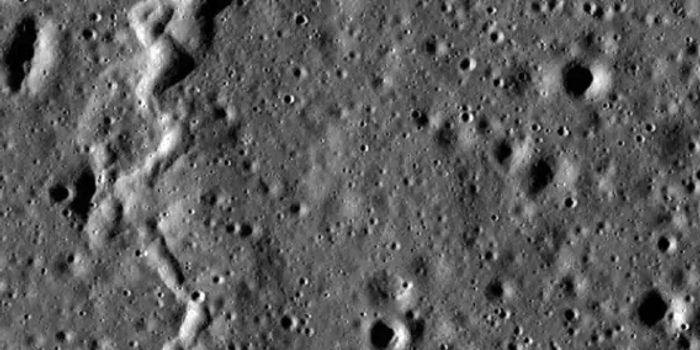Planet-Wide Dust Storm Continues to Impact Mars
After a planet-wide dust storm enveloped Mars, NASA’s solar-powered Opportunity rover was forced to enter sleep mode to conserve energy until the storm passed. At this point in time, there’s no indication regarding when the storm might let up.
On the other side of the planet, NASA’s nuclear-powered Curiosity rover continues to explore the surface and works with a bevy of Mars-orbiting satellites to keep the space agency updated with details concerning the dust storm’s status.
Citing NASA, these types of dust storms take place once every 6-8 Earth years, but they aren’t well understood. The space agency hopes that by studying it, we’ll learn more about these storms and be prepared for them when we send the first human explorers to the red planet for scientific exploration.








